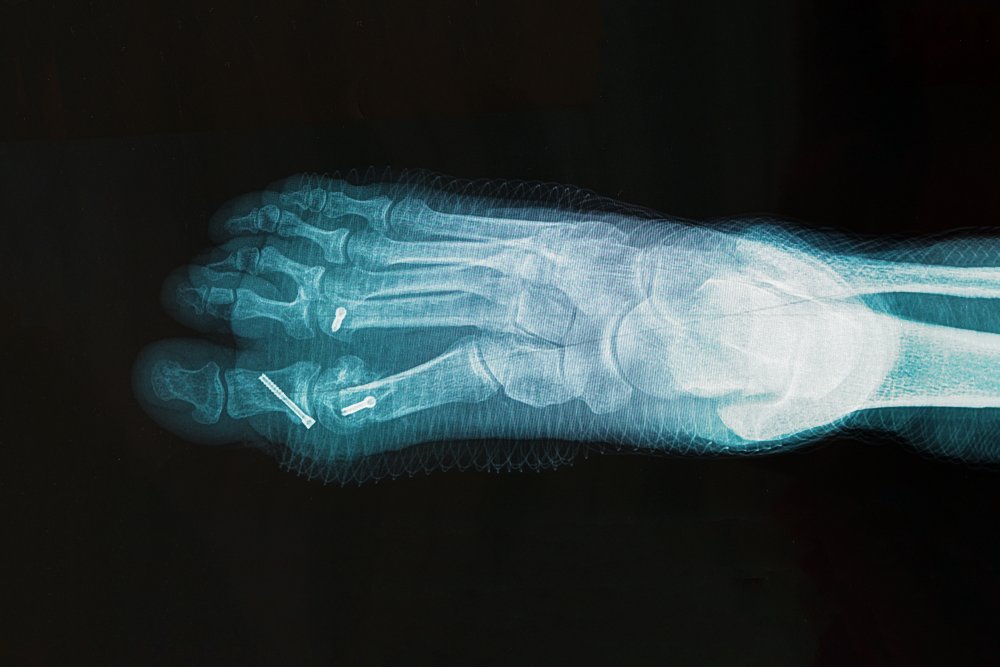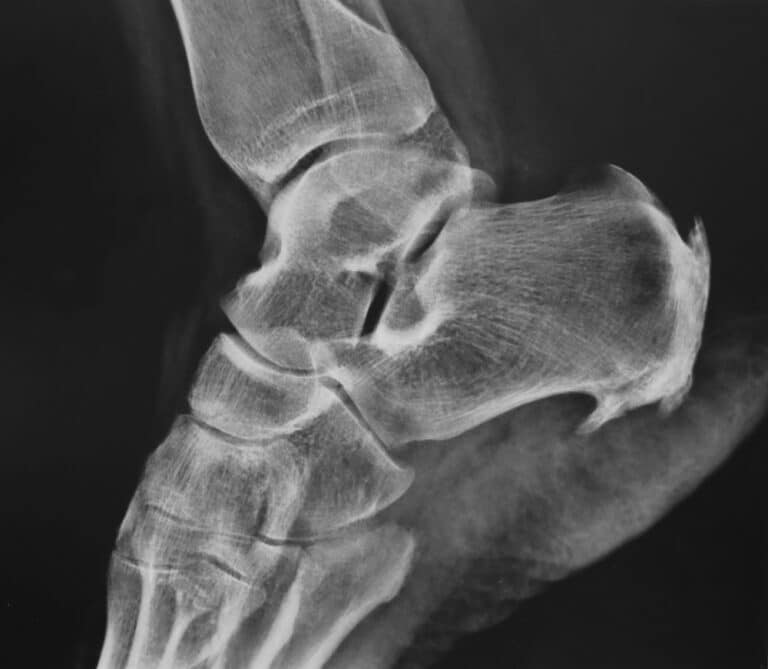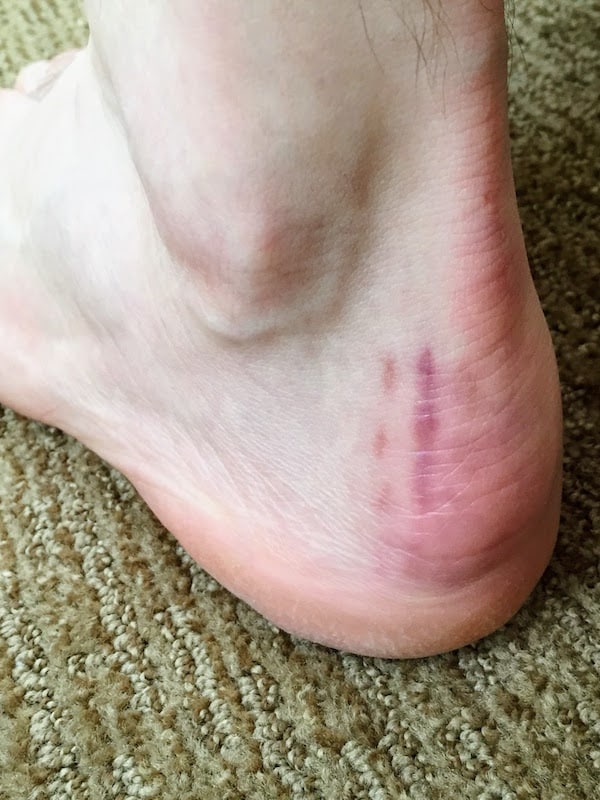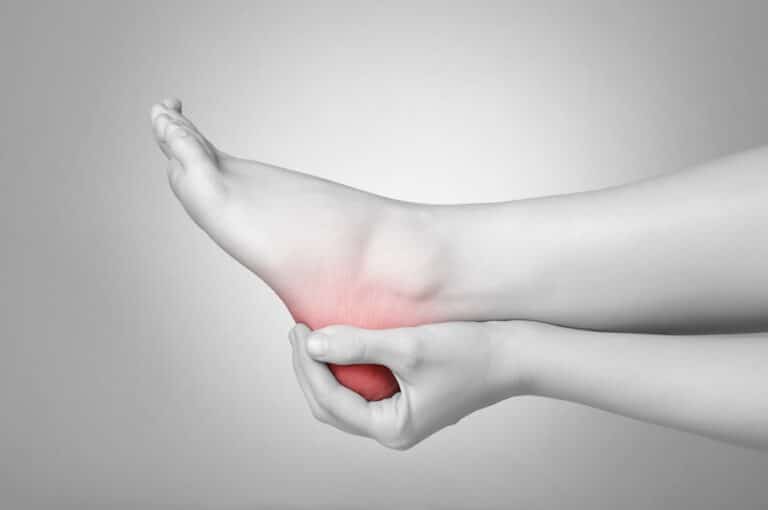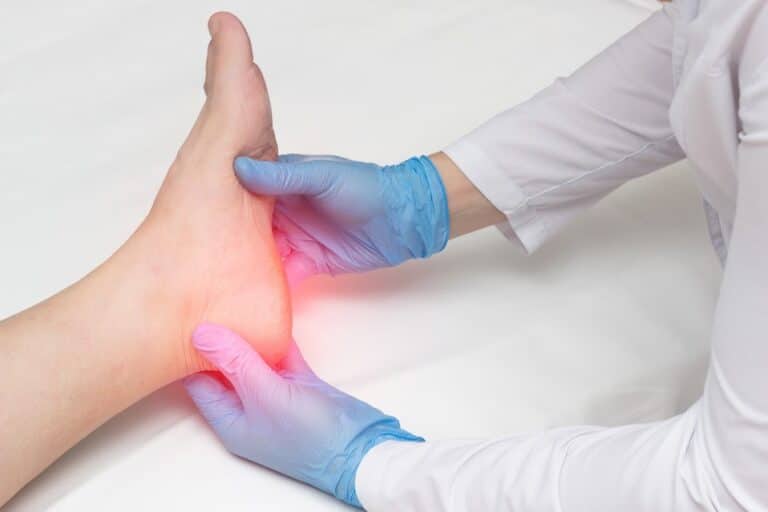It is common for doctors to use hardware during medical procedures to fixate the correction. If this is necessary, the screws are set with the bone in order to reduce possible tendon irritation or any tissue. If this happens to you or you’re about to have this procedure in the near future, you can start worrying about possible problems with screws after bunion surgery.
In general, there is no need for any worries – people usually don’t experience any problems and don’t ever feel used screws. There is a very small chance that hardware will get pushed out from the bone enough to make you uncomfortable. Removal of the screws is one of the most simple procedures, and the best part is that it requires a minimal recovery period. This is possible because once that bone completely heals after the surgery, it won’t require hardware anymore. That is why removing screws won’t affect the correction of your bunion, and there won’t be any complicated removal procedure.
Are Problems With Screws After Bunion Surgery a Common Thing?
It is not common for patients to experience problems with screws after a medical procedure and during the bunion surgery recovery process, but there is always the slightest chance that something like this might happen. Unfortunately, this won’t depend only on you – there are many factors that might cause complications, and most of them aren’t directly related to your actions after the surgery. You can help avoid problems like this by keeping your foot in the proper position and don’t pressure yourself into activities that might lead to negative outcomes.
What Screw-Related Problems Can You Experience?
Every medical procedure is different, and many factors might lead to an outcome that, in some rare cases, can be negative. The true question is how frequent are possible complications and how severe they can get? The complication rate is very low, and all the problems can be solved easily, so they aren’t considered very severe.
Foot Irritation
One of the most common complications that might appear after bunion surgery is irritation from the retained screw or hardware. There are certain types of shoes that may put pressure on your foot and with that cause pain in the top of your foot. The screw is positioned approximately 203mm above your toe bone, and if this area is pressured for a prolonged period, this can lead to swelling, pain, and overall discomfort of this area.
It is also possible that some extremely active patients who don’t follow the recovery instructions force the screw out of the bone. This can also happen without causing discomfort, so this is when surgical removal isn’t necessary. Statistically, about 15% of patients require screw removal.
Excessive Joint Stiffness
Another complication that might occur is excessive joint stiffness. It is very rare – only 2-3% of patients experience this problem after bunion surgery. Patients that have a combination of bunions and hallux limitus are more susceptible to this problem due to its nature.
This also depends on the flexibility of the toe – if the toe doesn’t bend up high enough, patients are prone to discomfort in the top of the joint. This can also happen if the toe doesn’t move down properly and lead to soreness of the bottom of the joint. After the surgery, these patients usually experience an increase in the range of motion and don’t struggle with these issues.
This can also be the consequence of patients’ poor efforts in following recovery and post-operative exercises.
It is also possible that some patients (about 4%) experience contact dermatitis, which is known as an allergic reaction to the topical adhesive which is applied to the skin before the steri strips. This might lead to blistering, which is treated with a topical steroid and the healing process usually takes 2-3 weeks.
Infection
A complication that might occur only in 1% of patients is infection. This is also easily treatable – you only have to take oral antibiotics for 2 to 4 days. Some doctors might prescribe you a 10-day dosage just to ensure the infection is 100% cleared.
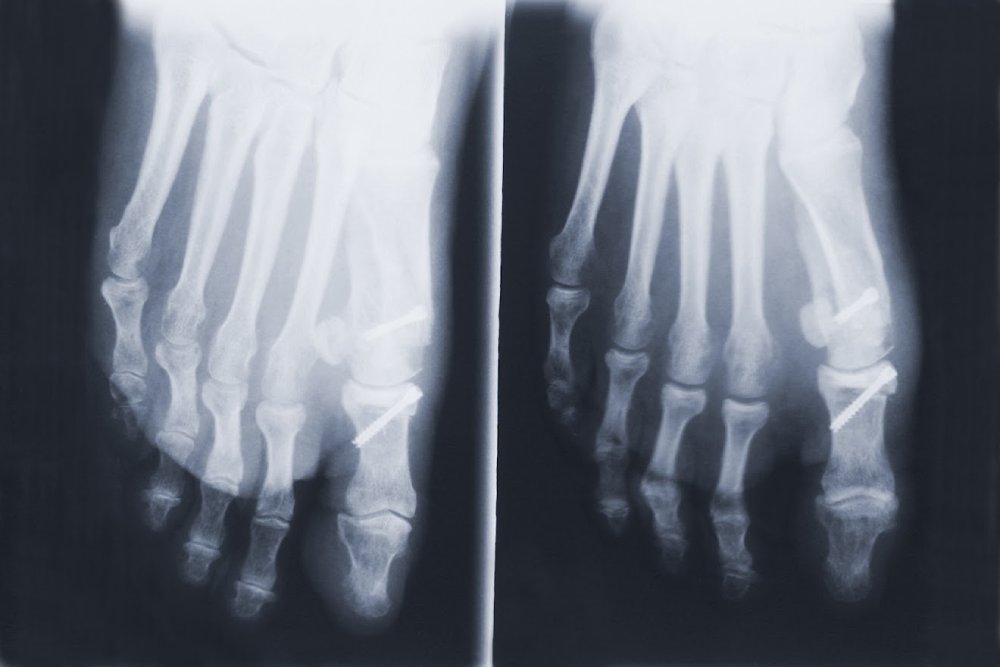
Is There a Way to Avoid Problems With Screws?
In order to avoid possible problems, there are a few rules you should follow. First of all, don’t force yourself into activities that can harm you, especially for the first 2-3 weeks after the surgery. Also, avoid shoes that pressure the top of your foot. Follow your doctor’s advice and in case of any complication, follow the prescribed treatment.
Before the Surgery, Talk to the Professional About All Possible Screw Related Issues
If you’re worried about possible problems, you can talk to a specialist at LuxeFoot Surgery clinic. Just contact us to book your appointment, and we’re sure you’ll find all the answers. There is no need to worry about your recovery – we’ll make sure everything goes smoothly and that you don’t experience any problems with bunion surgery screws. If something still occurs, you’ll get the proper treatment, and all the problems will be easily resolved.
FAQ
Can Screws Come Loose After Bunion Surgery?
It isn’t very common that this occurs, but it is possible that some allergies lead to the breakdown of tissue in a bone which can eventually cause the hardware to loosen. In this case, revision surgery and removal of the hardware are needed because the primary procedure failed to fully help.
How Long Do Screws Stay In After Bunion Surgery?
If everything is fine after the surgery, the screw can be left in your foot for life. If in the other case, the screw gets loose and causes you any discomfort as the bone heals, it can be easily removed.
Can a Screw in Your Foot Move?
Screw in your foot can move due to various reasons. In case of allergies, infections, and breaking down of the bone tissue, screws can loosen up and cause discomfort in your foot. This can also happen if you wear some shoes that pressure this area or continue being extremely active after the bunion surgery and don’t follow recovery instructions.
Where Do the Screws Go In Bunion Surgery?
During bunion surgery, surgeons place specially designed screws in the toe in a position that holds the bones together during their healing. That way, surgent ensures that your toe is in an appropriate position. This isn’t always necessary – it is only needed with the most severe bunion cases.
